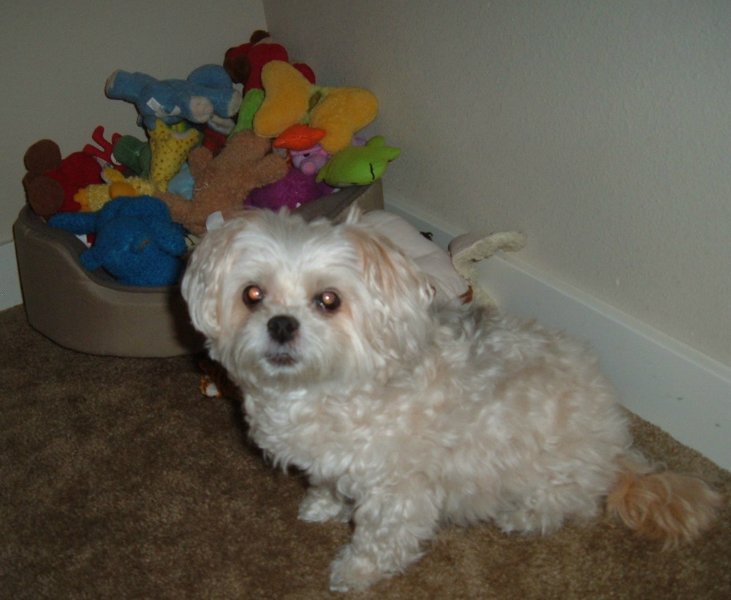Did you know that over 80 percent of dogs and 70 percent of cats will exhibit signs of gum disease by the time they are only three years old? Gum disease is serious business but, the good news is that it’s often treatable – especially if detected sooner rather than later. In fact, that’s what National Pet Dental Health Month is all about – spreading awareness so that prompt and proper treatment can be common practice for all pets!
Are you wondering what steps you can take to keep your pet’s teeth in tip-top shape?
1. Brush your pet’s teeth every day. Just like their humans, pets need a daily dose of brushing to keep bacteria at bay. Brushing your pet’s teeth might seem a little intimidating but we promise that with a little patience and persistence, brushing your pet’s teeth will become second nature to you and your pet. Not sure exactly how to go about brushing your pet’s teeth? Take a look at this video clip. It’s a great starting point!
2. Visit your veterinarian at least once a year. Your pet’s yearly exam must include an examination of the mouth as well as x-rays. Upon examining your pet’s mouth, your veterinarian will discern whether or not x-rays and/or cleaning under anesthesia are necessary. X-rays will uncover what may be undetectable during the oral exam. In fact, according to the American Veterinary Medical Association, “Most dental disease occurs below the gum line, where it’s hard to see.”
3. Provide your pet with the opportunity to chew every day! Healthy treats and safe toys will provide your pet with the opportunity to not only expel some energy through chew but, chewing also mimics the brushing action and can be a great tool to help remove plaque and debris from your pet’s teeth and gum line. This is especially important if your pet is really stubborn when it comes to allowing you to brush his teeth.
4. Pay attention! There are some tell-tale signs that should prompt you to schedule an appointment with your pet’s veterinarian as soon as possible. Bad breath, excessive or out of the ordinary drooling, pain or swelling in the mouth, loose, discolored or chipped teeth and/or signs of blood are all signs of poor oral health and should not be ignored.
Often times, pet parents neglect regularly scheduled health visits due to financial strain. We understand that veterinary health care can become a burden during tough economic times. However, there are options out there. Banfield Hospital, which is local to Kennewick, Washington offers Optimum Wellness Plans. For a very manageable cost each month, you can set your pet up with a health care package that is tailored to your budget as well as your pet’s needs. All of the packages offer preventative care. For more information about Banfield Hospital’s wellness plans, visit their site. You can compare plans and calculate costs associated with the plans you are interested in.
Remember, oral hygiene is just as important for your pets as it is for your. Neglecting your pet’s dental health can lead to serious health problems in the future. Don’t delay, make an appointment today! To learn even more about Pet Dental health, visit the American Veterinary Medical Association.














Speak Your Mind